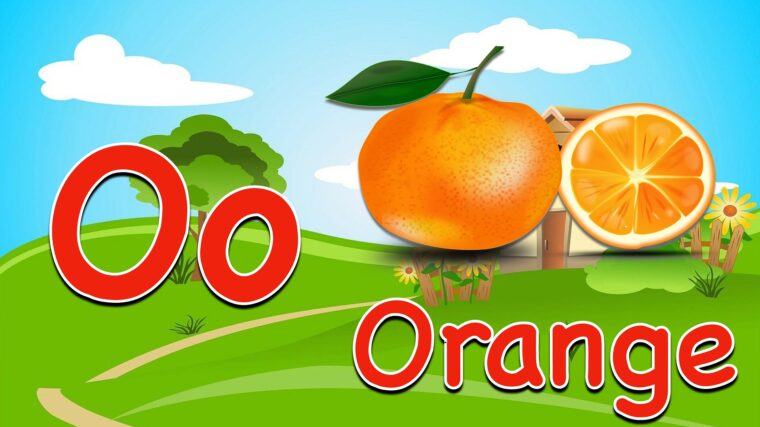Phonics and phonemic awareness are two different things.

We have gotten to the letter P, and the word is PHONICS.
When we look at the four language skills (listening, speaking, reading, and writing) the first 2 happen automatically.
Unless your child has a physical problem with their hearing or speaking mechanisms, they learn to listen and speak automatically from the people around them.
The other 2 skills, reading and writing are not natural processes… they must be taught.
Learning to read is a complex process.
Phonics is a common method used to teach reading. It is where children learn to break down words into their letters and to associate letters with their corresponding sounds.
How can phonics help your child become an independent learner?
Here are 3 ways:
- Phonics provides a structured approach to reading and writing: Phonics teaches children about the sounds of letters and letter groups. This learning approach is organized and follows a pattern. Children will begin with easier sounds then move on to more challenging ones. Phonics helps children figure out how words are built so they can read and write with greater accuracy.
- Phonics improves reading comprehension: Phonics helps children to be able to hear, know, and use the sounds in words. This skill helps with reading and spelling. It lets them know how the word should sound when they read it. With phonics, children can read with greater fluency and accuracy, which leads to understanding what they read better.
- Phonics supports independent learning: Phonics helps children read and write by themselves. Children learn the sounds of letters and how to put them together. This lets them figure out new words and how to spell words correctly. Children can read and write on their own with greater confidence. They can go at their own speed when learning.
Your child who is having trouble with reading may not be able to learn phonics the way it is usually taught.
There may be an underlying learning difference.
For example, your child may have dyslexia, which means their brain processes language differently from other children.
And it is insane to expect your child to improve simply by practicing more frequently that which is not working for them…
This will not address the root cause of the difficulty and can lead to frustration and a decrease in your child’s motivation to read.
The key is to find an approach that works best for each child, taking into account their strengths and weaknesses, learning style, and personal preferences.
If your child has trouble reading and learning, join the Parenting Hub, where you can connect and network with parents who share similar challenges, ask questions, and seek and find solutions. If you know someone who has a child with learning differences, send them the above link.

When I tutored little kids in reading, the 2 things that helped most were phonics games and learning sight words as new “friends” that you recognize when you see them.
Playing games is by far the best way to teach children new concepts. They learn most when they’re having fun.
Great tips for any child learning to read. Lia love sounding out letters and spelling words. Once she says a word and spells it, she then realizes it may rhyme with another word and the game goes on! Have a wonderful Sunday!
The best and greatest learning takes place when children are having fun. More power to Lia!
I’ve heard good things about phonics for children’s educational development in reading and writing.
When taught correctly, it’s of great benefit to the developing reader and writer.
When my son was not even 4 years old he kind of taught himself to read. He has been very interested in all things ice hockey, and he kept asking “what does this mean” showing me newspaper clippings about hs favorite players. I would tell him their names, position, former teams, etc., and he memorized everything. I think he did it using his visual memory.
One day he told me the newspaper made a mistake. They wrote player x scored, but the name doesn’t match the picture. “How do you know what they wrote?” I asked. “Here, that’s what it says” and he READ the player’s name to me. “See? That’s not him, he doesn’t look like this guy in the picture at all!” And he was right.
Your son is in the 1 – 7 percent of children who figure out how to decode words on their own, without explicit instruction. If parents used their child’s interest to fuel the books and projects they must complete, they would see their child learn much more at a greater speed. Kudos to you!
I think they teach phonics differently today than they did when I was a kid. I am not totally sold on this method, or maybe I am an old fogey who liked the old ways. LOL
We plan to enlist some tutoring to help our foster kids with reading, but I will check out your website! Thanks!
Somewhere… sometime… basic phonics was replaced with the whole language approach. That caused a lot of chaos in the minds of so many children. Thank God, the Simple View of Reading has resurfaced with a renewed focus on phonics.
When I was homeschooling my son, we used reader books and also, he sat next to me on the couch whenever I read chapter books. And then one day, he was reading! But I remember phonics from when I was in school. I agree it definitely helps to break the words into smaller chunks.
Reader books were used in my day too. You followed one of the best ways to teach children to read… have them side next to you, use your pointer finger as a guide as you read and they follow.